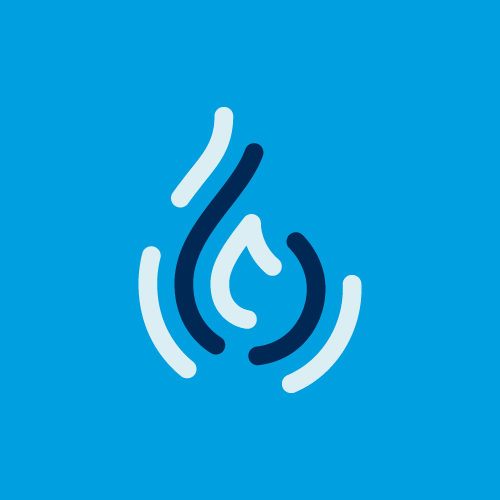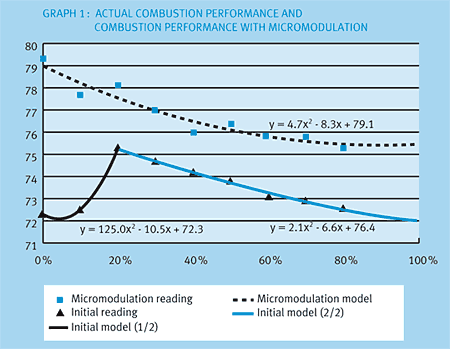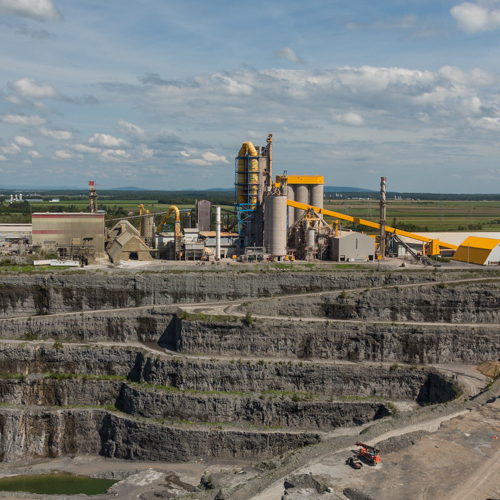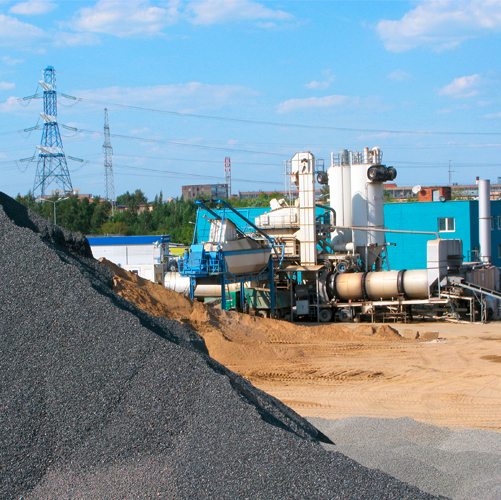Mitchel-Lincoln Packaging (ML), a leader in corrugated packaging production, has several factories in Québec. This company manufactures customized corrugated board for assembly of boxes or display cases. Its Ville Saint-Laurent factory uses steam produced from natural gas for its corrugator machine operations. In spring 2009, seeking to improve its production costs and reduce its energy consumption, ML decided to evaluate the possible ways of optimizing the energy performance of its steam boilers. To accomplish this, the company retained the services of Deval Combustion for its cutting-edge expertise in evaluating and optimizing industrial processes.
First of all, Deval Combustion wanted to obtain a concrete assessment of the boilers’ operational performance under the operating conditions encountered at the Ville Saint-Laurent factory. Deval Combustion thus began its project with a steam boiler energy study. To establish an energy balance and evaluate its perfor-mance, they proceeded with continuous measuring of the boiler’s operating parameters—chimney fumes, purges, natural gas and steam produced.
Three measures were clearly identified based on the results of the audit: control of (continuous) purges, control of chimney draft and optimization of the air-gas mixture for the entire operating range by micromodulation.
What exactly is micromodulation?
Micromodulation is an elegant technique that seeks to improve the operational efficiency of industrial technologies, such as steam boilers. To obtain better results, a boiler audit is recommended before implementing this energy saving measure. The purpose of this efficiency study is to ensure savings, which will be realized once the work is completed. The typical applications covered by this control technique are industrial processes, especially industrial steam boilers.
High-capacity steam boilers are very often used in industry to meet the thermal needs of manufacturing processes, such as calenders or dryers that require large and instantaneous thermal intakes. Thus, it is frequently observed that the burners of this equipment show difficulties in maintaining an optimum air-gas mixture, at least for certain operating regimes.
The most common example observed is perfect high regime combustion, while at low regime, the air-gas mixture is no longer adequate. This results in a poorer mixture during combustion and weaker energy yield. The many production startups/shutdowns are conditions conducive to repeated efficiency losses.
Such conditions can be improved significantly by micromodulation. The use of electronic controls and servomotors allows maintenance of optimum combustion regardless of the regime imposed on the burner. This leads to better combustion, a gain in efficiency and energy savings.
Production context at the Ville Saint-Laurent ML factory
The factory’s corrugator requires large quantities of high-pressure steam. This is produced with two 500 BHP boilers, each fueled by natural gas. The exhaust system does not include any energy recovery -system. The combustion efficiencies -measures were initially 71% to 75% depending on the operating regime. The exhaust gas temperatures ranged from 430°F to 630°F (221°C to 332°C).
Since the corrugated board manufacturing process is subject to frequent starts, the boilers must adapt constantly to the machine’s whims.
| TECHNICAL DATA | |
| Boilers | 2 x 500 BHP (only one of the boilers is used for production; the other one is redundant) |
| Feed water temperature | 328°F |
| Purge water temperature | 392°F |
| Steam | 200 psig |
Analysis of the results
The study performed by Deval Combustion revealed two energy saving measures necessary to optimize ML’s boilers: purge reduction and control and improvement of burner efficiency by micromodulation. See Tables 1 and 2 for this purpose. Also the curves illustrated in Graph 1 clearly show the performance gain at different loads before and after implementation of micromodulation.
Improvement – Purge optimization
Table 1 – Balance of purge optimization and its costs
| Annual savings | |||
| MMBtu/year | GJ/year | m3/year | $/year |
| 1,831 | 1,932 | 50,986 | 26,255 |
| Investments | Subsidies | Pay back period | |
| GM | OEÉ | ||
| $11,000 | 0 | 0 | 0.42 |
Table 2 – Balance with micromodulation
| Annual savings | |||
| MMBtu/year | GJ/year | m3/year | $/year |
| 1,971 | 2,08 | 54,889 | 28,266 |
| Investments | Subsidies | Pay back period | ||
| GM | OEÉ | No subsidies | With subsidies | |
| $65,000 | $13,722 | $2,528 | 2.30 | 1.72 |
Conclusion
The energy analysis and measuring performed by the firm turned out to be an invaluable and crucial stage for this project. The professional approach revealed the energy savings and the boilers’ improved energy performance. Implementing micromodulation made it possible to realize natural gas savings estimated at 54,889 m3/year with a pay back period of 2.3 years without financial assistance. The efficiency study performed by Deval was supported by financial assistance from Gaz Métro Energy Efficiency Programs and application was supported by the Implementation Incentives Program.
Finally, we should mention that the implementation cost, which amounted to $65,000, included the expenses required for a new certification of the boilers. This cost to obtain a new certification varies according to the project and the equipment. It is recommended to include these expenses in the cost of the project so as to reflect its profitability adequately.
Roger Gauvin, Eng.
DATECH Group
Continue reading









